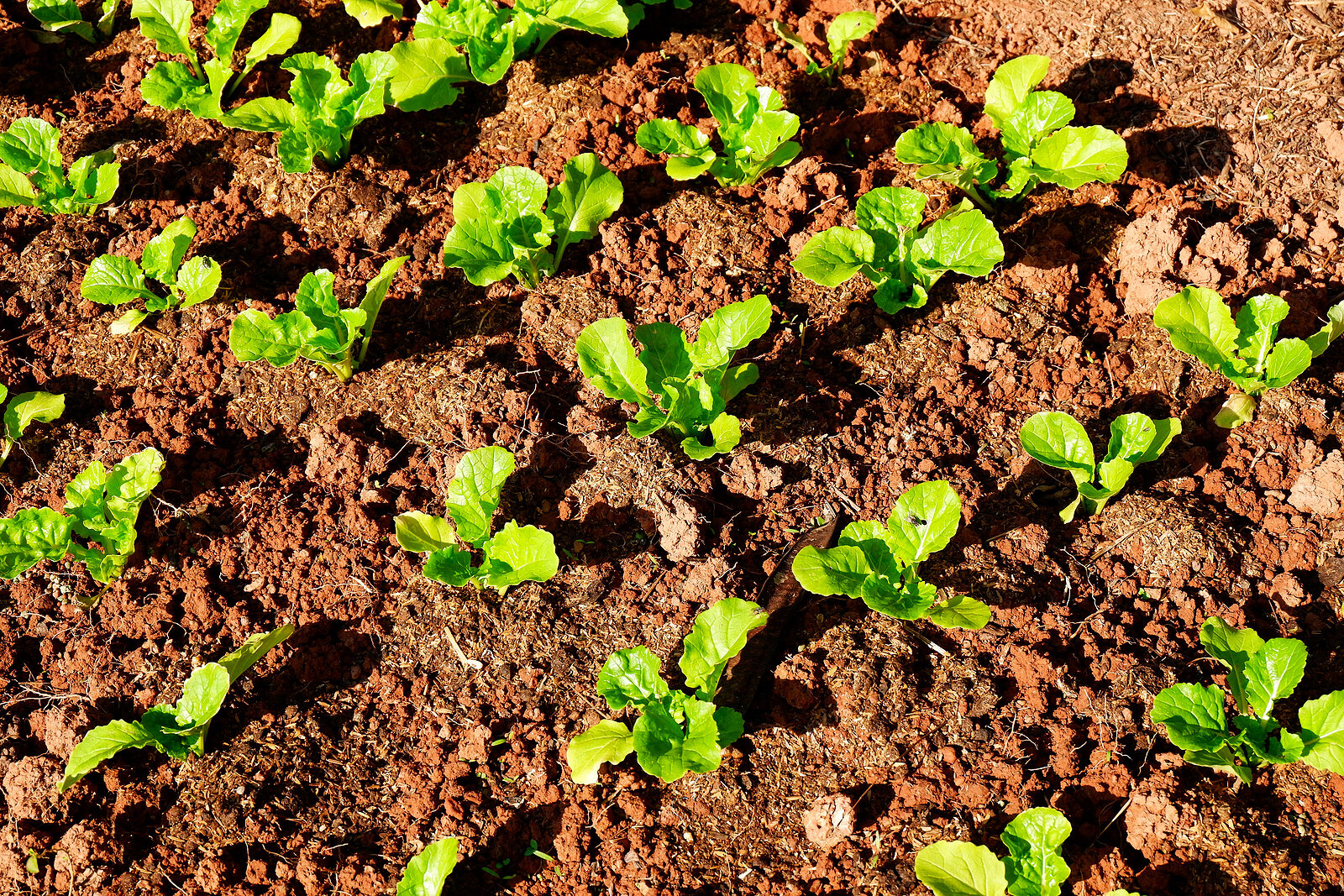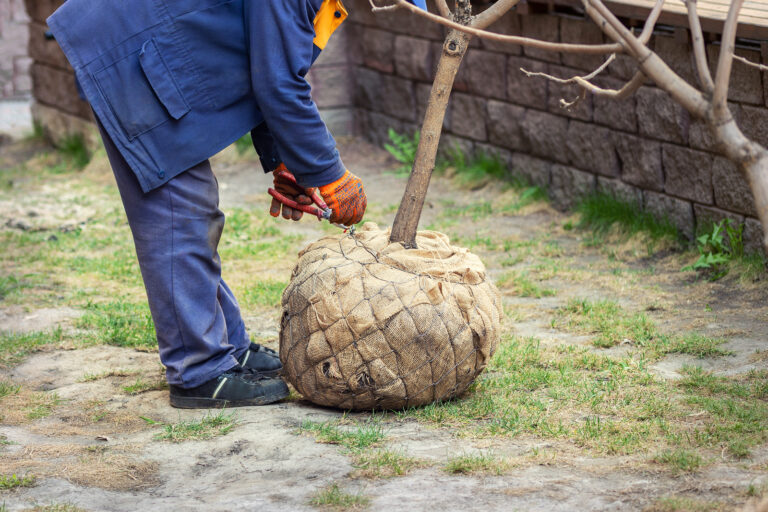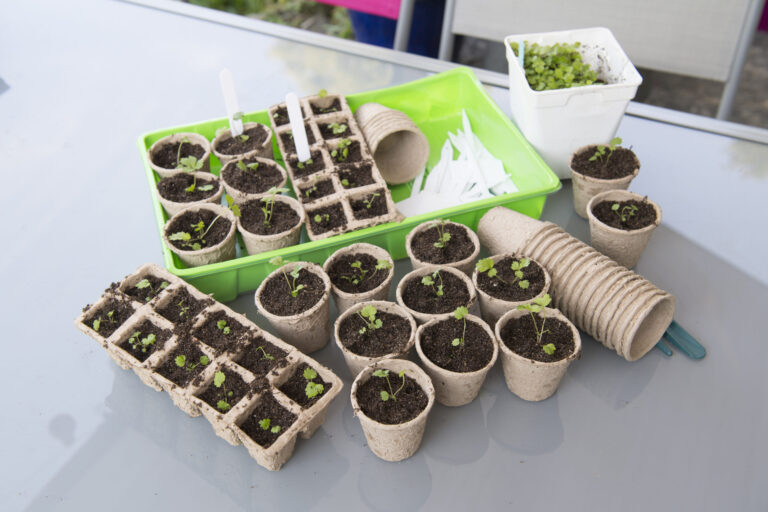April Vegetable Garden
April is a month of quick transition in the vegetable garden. Frost and cold will persist in northern gardens. Spring will arrive in most southern and coastal gardens.
When the crocus and narcissus bloom, the soil is growing warm enough to begin working in the vegetable garden. A sure sign that winter in your area has passed is the leafing out of the birch trees and the bloom of the lilacs. When the lilacs bloom in your area, you can sow cool-season crops directly in the kitchen garden.
Vegetable garden tips for April
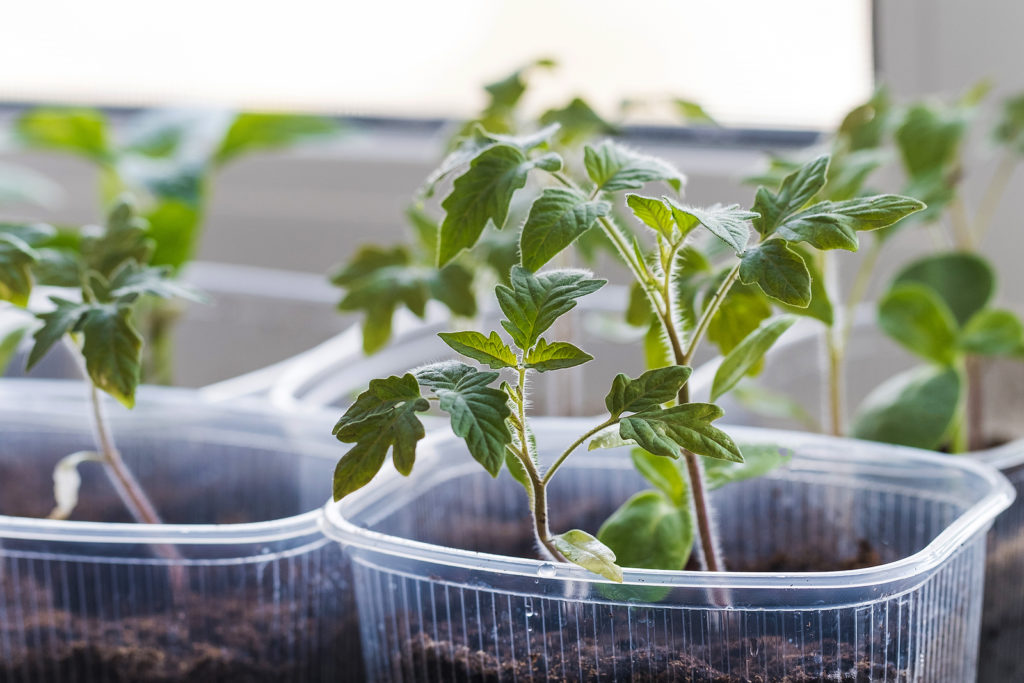
Greenhouse and cold frame
□ If the weather remains chilly in your region, sow tender summer vegetables and herbs in the greenhouse or cold frame by the end of this month.
□ Hardy and half-hardy vegetable starts should be ready for the cold frame in less cold regions, having been sown last month.
□ Start the seeds of summer vegetables that require 8 weeks or more indoors before transplanting out. Warm-weather summer crops include basil, eggplant, peppers, squash, and tomatoes.
Good Products for Growing Your Garden:
- Heirloom Vegetable Seed Collection – 105 Varieties
- Full Spectrum, LED Grow Lights
- Seed Starter Kit with Humidity Dome (120 Cells Total Tray)
- Gardzen 10-Pack 10 Gallon Grow Bags
□ Plant greenhouse tomato plants in large pots, or plant them in grow bags. Water and feed tomatoes, cucumbers, and peppers, never letting the soil dry out.
□ Attach slings or nets to melons as they swell. Continue to remove side shoots from tomatoes.
□ Use biological pest control for greenhouse pests such as greenhouse whiteflies and spider mites.
□ Thin seedlings that have grown to size, pot them up and place them in the cold frame or plant them out later this month.
□ Check plants for signs of pests and disease, which often begin to multiply rapidly as the temperatures rise.
□ Water seedlings and plants as needed.
□ Ventilate the greenhouse and cold frame when the outside temperature rises above 40ºF (4ºC). Close again before sundown. Ventilation should be increased on warm days as much as possible to prevent the buildup of diseases in the damp atmosphere.
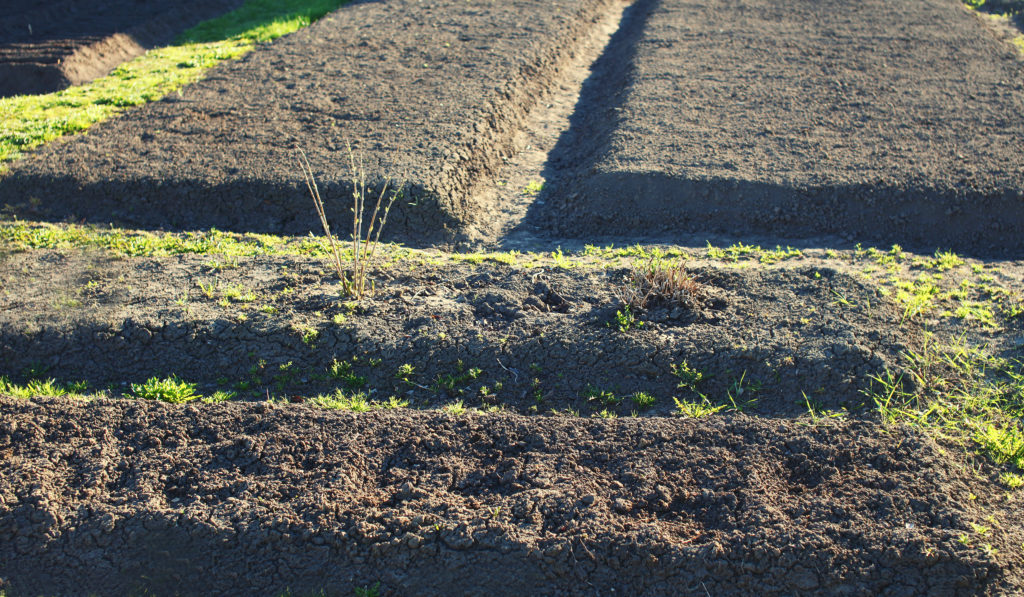
Soil preparation
□ Prepare the soil for planting: cover your beds with black plastic for several sunny days, and then dig if the soil is not wet. You can also place cloches in a position to warm up the soil. When the ground is workable, dig up root crops left in the garden from last fall.
□ Turn the compost pile when it thaws. Begin a new compost pile during the spring if you don’t already have one. Use leftover leaves, grass, and non-fatty kitchen scraps.
□ Fork over the kitchen garden, dig in cover crops, remove weeds, rake the soil to a fine tilth, and spread compost if the soil is dry enough to cultivate. Prepare celery and potato trenches by adding a layer of well-rotted manure or garden compost to the trench area.
□ Remove winter mulch from around fruit trees, vines, and perennial vegetables when they flower or begin to sprout new growth.
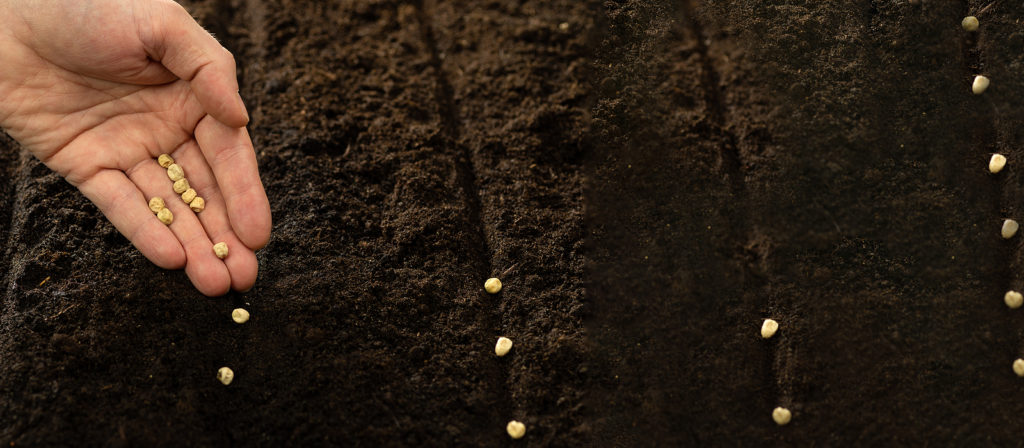
Vegetables planting
□ When the danger of heavy frost is past begin sowing cool-weather crops. You can first warm up the soil by covering it with polyethylene or cloches. Cover vegetables already in the garden with horticultural fleece or floating cloches if you expect a frost.
□ Start sowing vegetables without protection if you live in a mild area or your weather has warmed. If you are in doubt, check your soil with a soil thermometer to make sure the soil temperature has warmed to greater than 45ºF (7ºC). Few seeds will germinate if the soil temperature is colder. Delay planting outdoors if the soil is too cold.
□ Set out quick-growing cool-weather transplants and sow leaf and flower vegetable seeds as soon as the danger of heavy frost is past. Cool-weather leaf and flower crops include bok choy, broad beans, broccoli, Brussels sprouts, cabbage, cauliflower, chard, kale, lettuce, peas, and spinach. Cool-season root crops can also be planted out in the garden if the soil is not excessively wet. These include beets, carrots, kohlrabi, leeks, onion sets, parsnips, early potatoes, radishes, scallions, shallots, and turnips.
Good Products for Raised Bed Growing at Amazon:
- Galvanized Raised Bed 8×3
- Cedar Raised Bed 4×8
- Elevated Cedar Planter 4×2
- Walk-In Greenhouse Tunnel 15x7x7
- Row Cover for Freeze Protection 10×30
□ Plant peas, lettuce, spinach, and chard when the danger of frost has passed. Sow early peas in a sheltered spot. A week later, plant cabbage, broccoli, Brussels sprouts, celery, and endive.
□ Plant potatoes as soon as the ground is workable. Cut the tubers into 3 or 4 pieces, each with several good “eyes”, and set them in trenches, about 3 inches deep and 2 to 3 feet apart.
□ Seeds of beets, carrots, and parsley should be soaked for two hours in warm water before planting.
□ Protect cabbage, lettuce, and other vulnerable vegetables with cloches, hot caps, plastic tunnels, or inverted flower pots if the nights are expected to get cold.
□ Get asparagus crowns in the ground now. Remember these roots need to be planted in an area set aside for their growth over several seasons. Top asparagus crowns with well-rotted compost.
□ Continue to sow in cold frames or beneath cloches in areas where frost may still come. Use horticultural fleece or floating cloches for early corps already in the garden if you don’t have conventional cloches.
□ In cool spring regions, direct sow hardy and half-hardy, cold-tolerant vegetables and herbs now: cabbage family members, leafy greens, and root crops: carrots, beets, cabbage, broccoli, Brussels sprouts, celery, chard, endive, parsnip, potatoes, spinach, and turnips.
□ Plant peas, lettuce, spinach, and chard when the danger of frost has passed. Sow early peas in a sheltered spot. A week later, plant cabbage, broccoli, Brussels sprouts, celery, and endive.
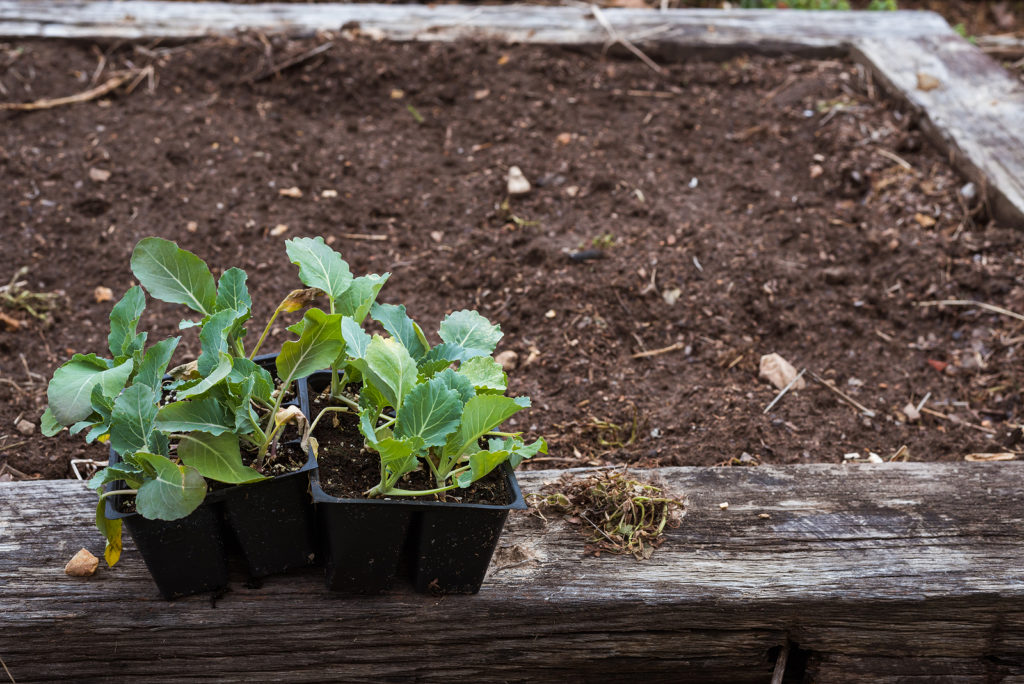
□ Before transplanting out cool-weather crops, harden off young plants from winter sowings in the greenhouse or cold frame–broccoli, cauliflower, kohlrabi, leeks, onions, lettuce, peas, and broad beans. Harden off plants by reducing the water supply or temperature.
□ In warm spring regions, direct sow and begin successive sowings of tender warm-weather crops when the danger of frost is past and the weather is mild–plant out pole and bush snap and lima beans, eggplants, pepper plants, casaba, celery, corn, okra, salsify, squash, cucumbers, cantaloupe, watermelons, Chinese cabbage, and black-eyed peas.
□ Make successive sowing at 10 to 14-day intervals of beets, carrots, lettuce, turnips, runner beans, green beans, endive, radishes, and kohlrabi.
□ When daytime temperatures average 65ºF (18ºC) or greater, warm-weather crops can be sown or transplanted. Warm-weather crops include beans, corn, cucumbers, eggplant, peppers, melons, squash, and tomatoes.
□ By the end of the month in warm spring regions, you may be able to transplant young tomato plants into the garden. Tie tomato plants gently, but firmly to stakes with garden twine.
□ Thin out overcrowded vegetable seedlings sown last month. Earth up potatoes as they grow. Cover seedlings and warm-weather crops with horticultural fleece if night frost is forecast.
Good Products for Growing Beans at Amazon:
- Garden Safe Snail and Slug Bait
- Bonide Sulfur Fungicide
- Monterey BT Caterpillar Killer
- Neem Bliss 100-% Cold Pressed Neem Oil
□ Feed seedlings with manure or compost tea after planting. Soak compost or well-rotted manure in water. You can use the resulting “tea” as a liquid fertilizer.
□ Celery should be fed about 3 weeks after plants are set out. Keep celery moist with regular irrigations. Blackheart celery disease is caused by alternate drying and wetting of the soil.
□ Feed perennial vegetables with well-rotted compost and compost tea after they begin to grow. Keep the garden free of weeds. Apply summer mulch when the weather warms.
□ Water in dry regions regularly and deeply. Avoid wetting the plant foliage. Protect recently planted vegetables and herbs from drying winds.
□ Harvest cool-weather crops as soon as they are ready. Begin to harvest spears from two- and three-year-old asparagus plants this month.
□ Watch for pests and signs of disease. Watch out for aphids on broad beans and root flies on cabbages, carrots, and onions. Pinch out the tips on broad beans to encourage a good pod set and to deter attack from aphids. Remove rhubarb flowers as soon as they appear, before they rob the plants of food and energy. Water garden if weather is dry. Weed as needed. Turn the compost pile.
□ Before slugs, snails, and pill bugs invade your leafy greens, head them off with beer traps.
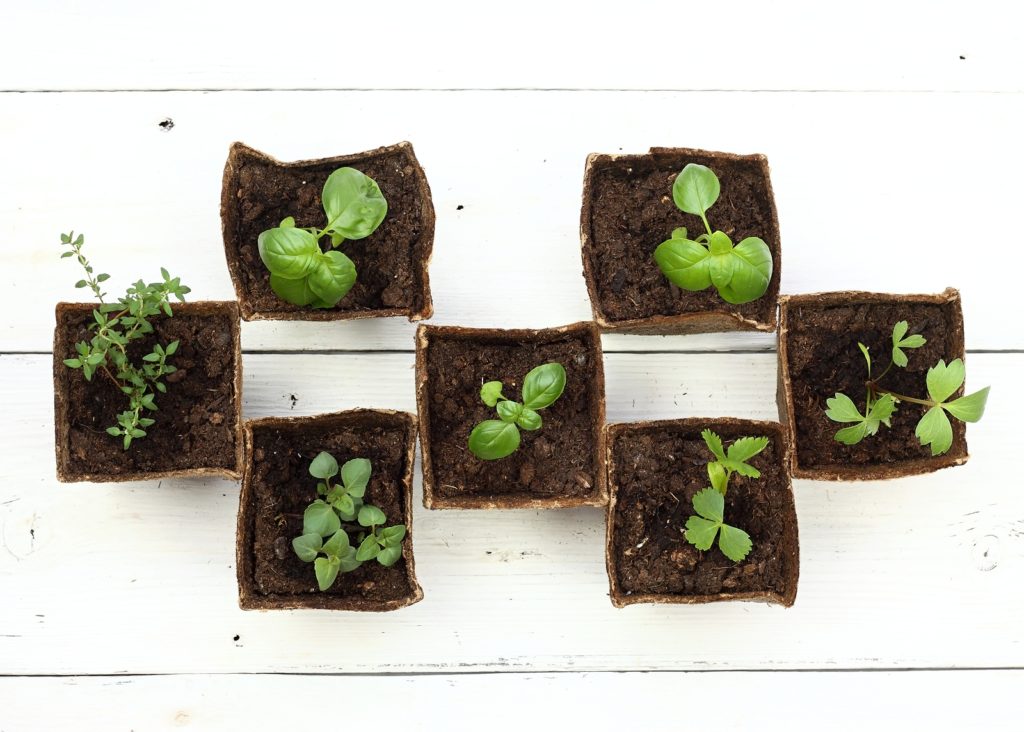
Herbs
□ Herbs can be sown in the garden when the last frost has passed. Sow seeds of chervil, dill, fennel, parsley, pot marjoram, and sorrel. Perennial and biennial herbs can be lifted, divided, and replanted now. Look for any overgrown clumps of bergamot, chives, and fennel.
□ Plant out bay, hyssop, lavender, mint, rosemary, rue, and sage. Make further sowings of dill, fennel, parsley, and pot marjoram. Sow basil under glass. Propagate thyme by layering creeping stems and severing them when the roots have developed.
Fruit trees and vines
□ Prune fruit trees cutting out crossing branches. On fan-trained apples, cherries, peaches, and plums, remove branches growing towards or away from the wall.
□ Spray fruit trees for over-wintering pests with dormant spray oil when the temperature rises above 45ºF (7ºC) and before buds break. Spray peaches, nectarines, apples, pears, plums, and almonds with a copper-based fungicide. As long as the buds have not broken, apply a second spray to trees in about 14 days.
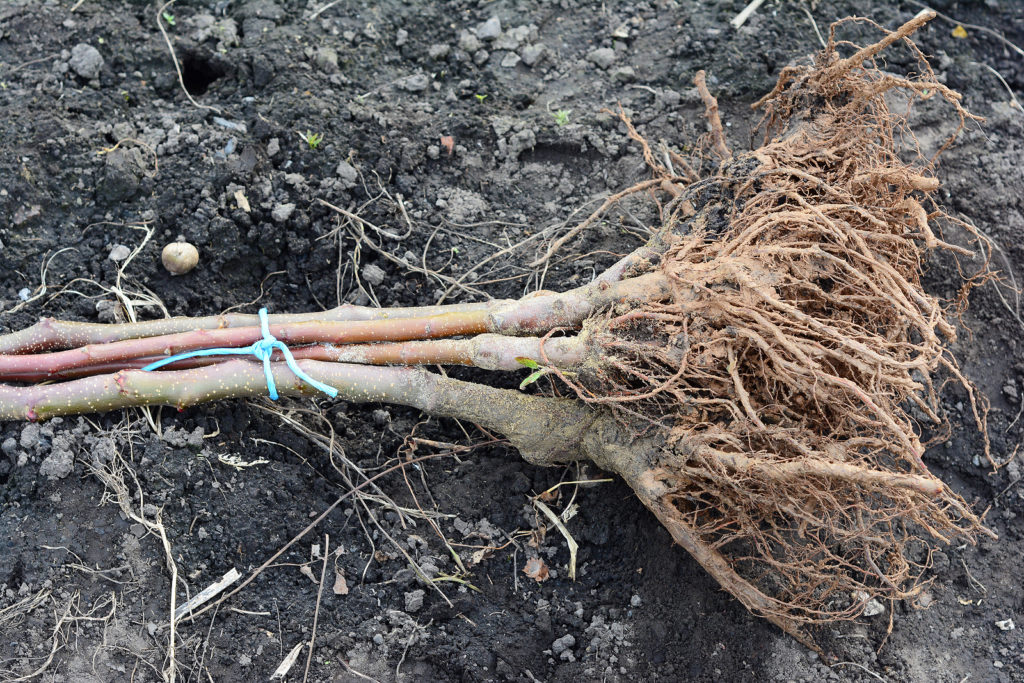
□ Plant new fruit trees, avocadoes, and citrus fruit when the soil is workable. Mulch established fruit trees and bushes with garden compost or well-rotted manure.
□ Sprinkle sulfate of potash around the root-feeding area of apples, pears, and plums to encourage good fruiting later in the year.
□ Prune autumn-fruiting raspberries. Cut the canes that fruited last autumn back to ground level. Prune back the stems of newly planted and two-year-old gooseberries by about one-half. Plant currant bushes and raspberry canes, and water thoroughly. Spray gooseberries and black currants for gooseberry mildew. Protect strawberry plants with cloches.
□ Fertilize strawberries, brambles, and grapevines with compost when the first blossoms show.
□ Train blackberries and loganberries onto support wires.
□ Tie new canes of blackberries and hybrid berries to support wires. Allow a maximum of eight canes per plant. Summer-prune gooseberries by cutting back side shoots to five leaves. Fasten grape stems to training wires.
□ Plant new strawberries. Remove flowers from newly planted strawberries to prevent fruiting in their first year. Pinch off runners on new strawberry plants. Put cloches over strawberries in frosty regions if you want an early corp. Allow access for bees. Cover berries with netting to keep away birds.
□ Thin citrus fruit, apples, and peaches. Thin heavy-cropping nectarines and peaches when the fruit is ½ in (1-1.5 cm) in diameter. Protect open flowers from frost damage by draping muslin or horticultural fleece over trees at night. Mist open peach flowers with a fine spray to help the setting of fruit.
□ Check for pests and diseases. Watch for signs of fire blight; prune affected branches and dispose of them. Watch for borers and caterpillars on trees. Hang coddling moth traps on apple trees. Spray against apple scab, mildew, and aphids.

Container gardens
□ If you garden in containers, prepare them now. Clean pots thoroughly. Treat wooden boxes, troughs, and tubs with preservatives. Move large containers outdoors and fill them with potting mix mixed with compost.
□ Cold-tolerant vegetables can be planted into containers this month. Water container plants as needed and fertilize them with a water-soluble fertilizer such as compost tea or worm castings.
Regional garden tips for April
Here are regional gardening tips for April by major geographical areas in the United States: North and East and Midwest (zones 2 in the northernmost areas to 6 along the coast), the South (zones 7 in the north to 10 in the far south), the Southwest and California (zones 7 in the coolest areas to 11), and the Northeast (zones 5 in the highest elevations to 8 along the coast).
Don’t rush spring if the soil is partly frozen, muddy, or wet. The timing of planting is important in the kitchen garden. The danger of frost is likely to continue this month in all or part of the states in the Northeast, Rocky Mountains and Plains regions, and some parts of the Pacific Northwest. These regions include planting zones 3, 4, 5, and 6.
North and East and Midwest
□ Where the weather remains cold or snow is still on the ground, sow early cabbage, cauliflower, celery, tomatoes, radishes, and peppers in hotbeds, cold frames, and greenhouses. Get these crops started indoors for transplanting later.
□ Mid-month when the soil begins to warm and is workable, prepare planting beds. Then sow hardy crops. Sow asparagus seeds or set out roots in the garden. Sow cabbage and cauliflower in a sheltered spot. Set out horseradish, winter onions, and rhubarb. Dig up over-wintered parsnips.
□ Mid-month sow hardy vegetables: parsnip, salsify, beets, cabbage, lettuce, mustard, parsley, and peas. Transplant out early cabbage and onions from hotbeds to open ground.
□ After the middle of the month, sow indoors warm-weather crops: beans, corn, cucumbers, melons, potatoes, and squash can be planted in mid-month.
South
□ In the Upper South plant hardy vegetables: beets, kale, carrots, kohlrabi, mustard, smooth varieties of English peas, radishes, spinach, and turnips.
□ In the Middle South: plant collards, black-eyed peas, lettuce, parsley, chard, and Irish potatoes.
□ In the Lower South: plant English peas, and onions sets, and warm weather crops: bush and pole beans, limas, butterbeans, squash, cucumbers, cantaloupe, pumpkin, and watermelons.
□ When you are convinced the weather has turned warm for the season, plant summer crops: cucumbers, cantaloupes, corn, eggplant, okra, Southern peas, peppers, pumpkins, sweet potatoes, summer squash, and tomatoes.
Southwest and California
□ In regions where the last frost occurs between April 1 and April 20, warm-weather crops can be planted this month. These crops can be started indoors for transplanting out at the end of the month, or wait and direct sow these three weeks after the last frost: bush and pole beans, lima beans, corn, Chinese and Armenian cucumbers, eggplant, okra, peppers, summer squash, and tomatoes.
□ In regions where the last frost comes between April 10 and May 20: cool weather crops can be sown now: leafy greens and root crops, asparagus, parsley, and Chinese cabbage. Start warm weather crops inside early this month: cucumbers, peppers, and tomatoes to be set out in late May and early June.
Northwest
□ Toward the end of April almost all plants can be sown or set out. Early in the month, resist planting if the soil is still cold and wet. When the soil can be worked plant asparagus roots, beets, broccoli, carrots, cauliflower, celery, chard, lettuce, parsnips, peas, early potatoes, radishes, salsify, spinach, turnips, radishes, rhubarb. At the end of the month, start warm-weather crops indoors for transplanting out in May: beans, cucumbers, eggplant, peppers, tomatoes, and squash.
April garden in the Southern Hemisphere
Days of warm, hazy sunshine with a fresh autumn tang. Leaves turning colors. The first frost is on its way. Birds taking leave for the North. This is April in the southern hemisphere.
Apples and grapes may still be on the tree and vine at the start of April, but by month’s end, much of the harvest will be complete. April is the month to bring in the last of the summer crops from the vegetable garden, and now is the time to plant cool-weather vegetables for late winter harvest.
April was the second month of the year in early Roman times. Julius Caesar changed all that in 46 B.C. when he made April the fourth month. Pope Gregory XIII changed the Julian calendar in 1582. It turns out that Julius Caesar’s calendar was 11 minutes and 14 seconds longer than the solar calendar. Pope Gregory’s new calendar rectified Julius’ mistake which had added 10 days to the year by the start of the 1600s.
Before the adoption of the Gregorian calendar, the New Year celebration began on March 21 and ended on April 1. Pope Gregory’s new calendar moved New Year’s Day to January 1. Those who persisted in celebrating the new year in April came to be known as April Fools. In short, order, playing absurd and harmless jokes became a practice on April 1, April Fools’ Day.
April planting in the Southern Hemisphere
Here is a list by region of vegetables and herbs to be planted in the Southern Hemisphere during April:
Temperate regions: Vegetables: artichoke crowns, broad beans, cabbage, Chinese cabbage, cress, leeks, lettuce, mustard, onions, spring onions, peas, radish, shallots, spinach, strawberry runners, turnips. Herbs: angelica, caraway, chervil, chives, coriander, dill, lemon balm, marjoram, oregano, salad Burnett, and thyme.
Tropical and sub-tropical northern regions: Vegetables: beans, beetroot, broad beans, broccoli, cabbage, cauliflower, celery, Chinese cabbage, cress, endive, lettuce, marrow, mustard, onions, spring onions, parsnip, peas, potatoes, radish, rhubarb crown, rutabaga (Swede), shallots, silverbeet (Swiss chard), spinach, spring onion, strawberry runners, tomato, turnip. Herbs: angelica, borage, caraway, celeriac, chervil, chives, coriander, dill, lemon balm, marjoram, oregano, parsley, salad burnet, thyme.
Cooler southern regions: Vegetables: broad beans, cress, lettuce, onions, spring onions, radish, shallots, spinach, strawberry runners. Herbs: caraway, salad burnet.
April harvest in the Southern Hemisphere
April is the time to bring in the fall crops in the Southern Hemisphere. A few fruits such as apples, pears, and grapes are still on the trees and vines in Australia, New Zealand, South Africa, Argentina, and Uruguay. Many apples are harvested in April.
The last of the warm season fruits and vegetables should be coming to the farm market this month. Look for fat tomatoes, eggplant, zucchini, cucumber, and corn. Pumpkins that were cut and “cured” in the sun in the past few weeks will start coming to market this month and so will potatoes.
If you are anxious for carrots and beetroots and other root crops, hold on just a bit longer. The cooler weather will slow their growth and they will start to store sugar now. The root harvest can wait a few more weeks.
April is the month to begin the citrus harvest in the Southern Hemisphere. Look for the first oranges, lemons, limes, and grapefruits.
Apples are ready for harvest now, and the end of the fresh pear crop will be at the farm market this month. Look for a bit of leaf and stem attached to just harvested apples and pears. That will allow them to continue to ripen indoors.
Here is a roundup of vegetables and fruits ready for harvest during April in the Southern Hemisphere:
Vegetables: beans, capsicum, carrots, celeriac, chilies, Chinese cabbage, corn, cucumber, eggplant, kale, lettuce, melons, okra, peas, pumpkins, purslane, rutabaga (Swede), snow peas, spinach, summer squash, tomato, turnips, zucchini.
Fruits and nuts: almonds, apples, avocadoes, brambleberries, grapes, figs, hazelnuts/filberts, kumquat, lemons, melons, mulberries, nectarines, oranges, passionfruit, banana passionfruit, peaches, pears, pecans, plums, raspberries, strawberries, tamarillos.
Related articles:
April Vegetable Garden Zone-by-Zone
April Seed-Starting Veggies Zone-by-Zone
Garden Planning Books at Amazon:

